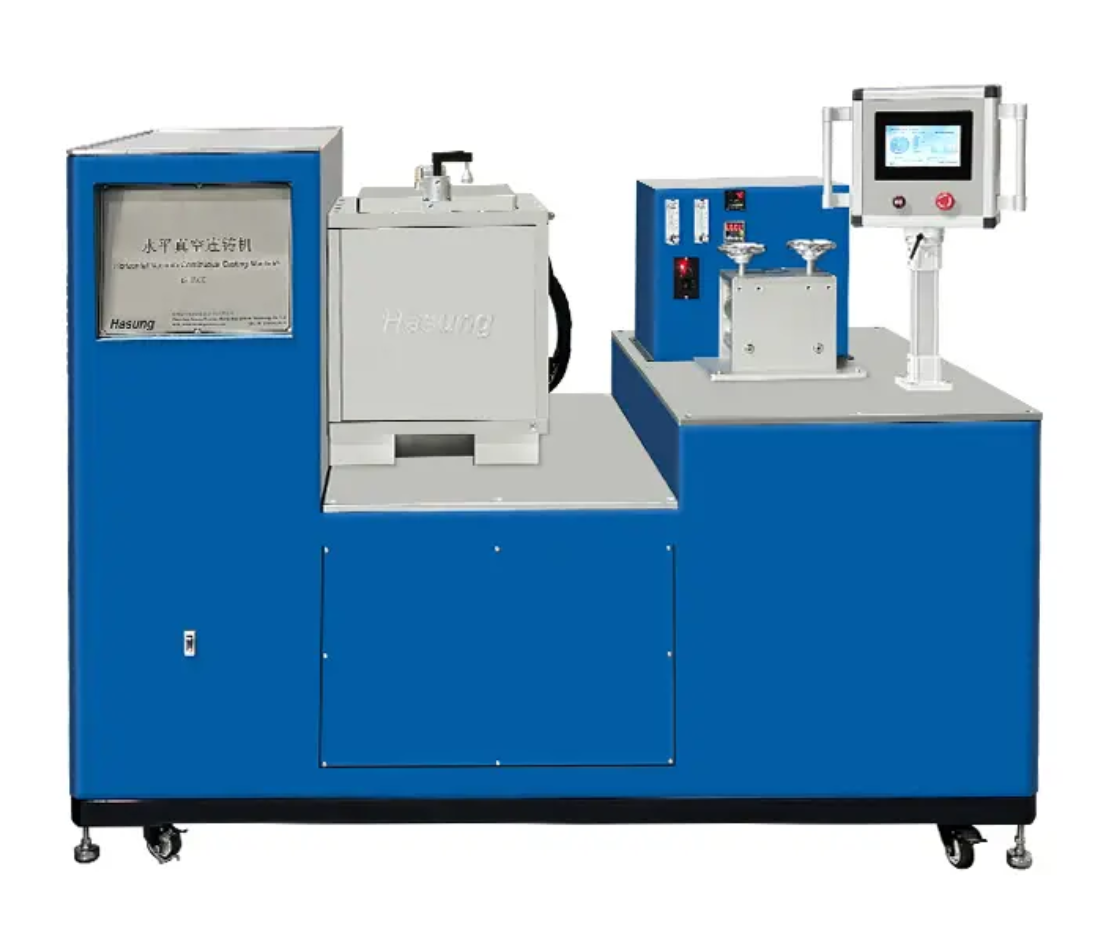In an evolving manufacturing landscape, the steel industry is the cornerstone of modern infrastructure and development. As global steel demand continues to grow, manufacturers are increasingly turning to innovative technologies to increase efficiency, reduce costs and improve product quality. Among these advancements, the Continuous Casting Machine (CCM) has emerged as a game changer, revolutionizing the steel production process and setting new standards for the industry.
Understand the continuous casting machine
Continuous casting is a process that converts a continuous flow of molten metal into a solid steel product without the need for traditional ingot casting methods. Continuous casters play a key role in this process, casting molten steel directly into semi-finished shapes such as slabs, blooms and billets. This approach not only simplifies production but also significantly reduces energy consumption and material waste.
The continuous casting process begins by melting the raw material in an electric arc furnace or oxygen converter. Once the steel reaches the desired temperature and composition, it is poured into a tundish, which acts as a holding tank for feeding the molten steel into the casting mold. The mold is usually water-cooled, allowing the outer layer of steel to solidify while the inner portion remains molten. As the steel solidifies, it is continuously removed from the mold, hence the name “continuous casting.”
Advantages of continuous casting machine
The introduction of continuous casters brought numerous advantages and transformed steel production:
1. Improve efficiency
Continuous casting machines operate more efficiently than traditional casting methods. The continuous flow of molten steel minimizes downtime and maximizes productivity. This efficiency is critical to meeting growing global demand for steel, as manufacturers can produce large quantities of steel in less time.
2. Improve quality
The continuous casting process makes the microstructure and composition of the steel more uniform. This consistency improves mechanical properties such as strength and ductility, making the final product more reliable in a variety of applications. In addition, reducing the contact of molten steel with the atmosphere can minimize the risk of contamination and further improve product quality.
3. Reduce material waste
Traditional casting methods often result in significant material waste due to the need to trim and rework the ingot. Continuous casting machines, on the other hand, produce near-net shapes that require minimal finishing. The reduction in waste not only reduces production costs but also contributes to more sustainable manufacturing practices.
4. Reduce energy consumption
Energy efficiency is a key issue in steel production, and continuous casters effectively solve this problem. Continuous casting reduces overall energy consumption by eliminating the need for intermediate processing steps such as reheating and remelting. This not only reduces operating costs but is also consistent with global efforts to reduce carbon emissions from manufacturing.
5. Flexibility and Versatility
Modern continuous casters are designed to accommodate a wide range of steel grades and product sizes. This flexibility allows manufacturers to quickly respond to changing market demands and customize their products. Whether producing high-strength steel for automobiles or special alloys for construction, continuous casting machines meet every requirement.
Impact on the steel industry
The introduction of the continuous caster had a profound impact on the steel industry, reshaping production practices and driving innovation. As manufacturers adopt this technology, several major trends have emerged:
1. Automation and Digitization
Integrating automation and digital technology into the continuous casting process further improves efficiency and quality. Advanced sensors and monitoring systems provide real-time data on temperature, flow and solidification patterns, allowing operators to make informed decisions and optimize production parameters. This level of automation not only improves consistency, it also reduces the risk of human error.
2. Sustainable Development Initiatives
With growing concerns about environmental impact, the steel industry is increasingly focusing on sustainability. The continuous caster contributes to this effort by minimizing waste and energy consumption. In addition, manufacturers are exploring ways to incorporate recycled materials into the continuous casting process to further reduce their carbon footprint.
3. Global competitiveness
As countries around the world strive to improve their manufacturing capabilities, the adoption of continuous casting machines has become a key factor in maintaining global competitiveness. Countries that invest in advanced steel production technologies are better able to meet domestic and international demand, drive economic growth and create jobs.
4. Research and Development
The continuous casting process is an area of active research and development, with ongoing efforts to improve efficiency, reduce costs and improve product quality. Innovations such as advanced mold designs, improved cooling techniques and new alloy compositions are being explored to push the limits of steel production.
Challenges and future prospects
Although continuous casters have revolutionized steel production, challenges remain. The initial investment required for advanced continuous casting technology can be significant, posing a barrier for some manufacturers. Additionally, the need for skilled operators who can manage and maintain these complex systems is critical to success.
Looking to the future, the future for continuous casters is bright. As technology continues to advance, manufacturers can expect further improvements in efficiency, quality and sustainability. Integrating artificial intelligence and machine learning into continuous casting processes may lead to greater optimization and predictive capabilities, allowing for proactive adjustment of production parameters.
in conclusion
There is no denying that continuous casters have changed the steel production landscape, offering a range of benefits that increase efficiency, quality and sustainability. As the industry continues to evolve, continuous casters will only become more important in meeting the needs of a rapidly changing world. By embracing innovation and investing in advanced technologies, manufacturers can succeed in the highly competitive global steel market and ensure they remain at the forefront of modern manufacturing.
Post time: Nov-19-2024












